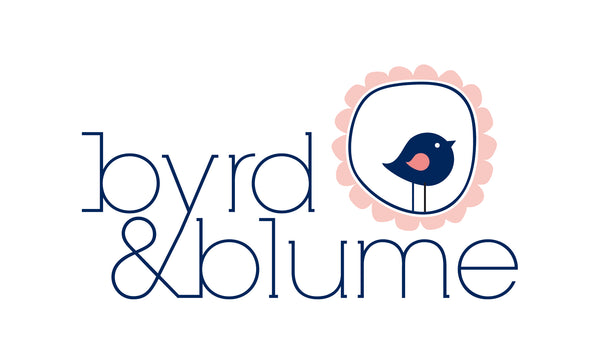The Question That Echoes for Every New Mother
No matter how many books you read or how many friends offer advice, nothing fully prepares you for the moment you realize you’re about to become someone’s mother.
It’s normal to feel both joy and fear — excitement for what’s coming, and uncertainty about whether you’re truly ready. The truth? No one ever feels 100 percent ready. Motherhood isn’t a destination you arrive at fully equipped; it’s a journey you grow into, moment by moment.
In those early weeks, small choices — how you rest, what you use, who you lean on — can make a huge difference. This guide explores practical, evidence-based ways to build confidence, create calm, and nurture both yourself and your baby as you step into this new chapter.
1. Understanding What “Ready” Really Means
Readiness isn’t about having a perfect nursery or memorizing feeding schedules. It’s about cultivating resilience and curiosity.
- Emotional readiness is knowing that doubt and love can coexist. You will have moments of confidence and moments of chaos — both are normal.
- Practical readiness means having a few trusted tools and routines that make daily life easier. Think of them as scaffolding, not armor.
- Support readiness is recognizing you don’t have to do this alone. Build a small network — your partner, a midwife, a friend who’ll pick up the phone at 2 a.m.
Psychologists describe early motherhood as a period of matrescence — a transition as profound as adolescence. Your identity reshapes itself around this new life, and that takes time.
2. Safety and Comfort: The Foundations of Calm
One of the first ways mothers express love is by creating safety. Babies explore the world through touch, smell, and sound — their environment matters.
When choosing essentials, focus on materials and simplicity over quantity. Soft, breathable fabrics made from certified organic cotton reduce the risk of skin irritation and allow the baby’s temperature to regulate naturally.
Look for trusted safety standards such as:
- GOTS (Global Organic Textile Standard) – ensures organic farming, ethical working conditions, and chemical-free processing.
- OEKO-TEX Standard 100 – tests fabrics for harmful substances at every stage of production.
These labels aren’t marketing extras — they’re your reassurance that your baby’s daily world is as pure as possible.
(Byrd & Blume’s range of textiles follows these same standards, reflecting a growing movement toward safer, cleaner materials for families.)
3. Sustainability and Mindful Consumption
Pregnancy often heightens awareness of the future — and the world your child will inherit. Sustainable parenting starts with mindful consumption: buying fewer, better items and re-using wherever possible.
- Choose multi-use products. A large muslin or cotton blanket can serve as a swaddle, nursing cover, or pram shade.
- Think longevity. Go for neutral colours and durable materials that last beyond the newborn stage.
- Reduce plastic packaging. Support brands using recycled or biodegradable materials.
These small shifts lower household waste and model responsibility from the very beginning. And they also simplify your life — less clutter, fewer decisions, more space to breathe.
4. Design That Supports Daily Life
Real motherhood isn’t Instagram-perfect. It’s finding practical ways to stay comfortable and present in the middle of feeding sessions, naps, and endless laundry.
Here’s what actually helps:
- Easy-wash fabrics. Machine-washable, quick-drying textiles save time and stress.
- Portable comfort zones. A soft, padded playmat on the floor encourages safe tummy time and gives you a moment to sip your tea nearby.
- Breathable layers. Babies can’t regulate body temperature well in the first months; natural fibers help prevent overheating.
Good design doesn’t need to be fancy — it simply supports your routines so you can focus on connection, not logistics.
5. Caring for Yourself While Caring for Baby
It’s easy to forget that new motherhood transforms two people. Your baby is learning the world; you’re learning a new version of yourself.
Simple Self-Care That Actually Works
- Rest whenever you can. Even 20-minute naps help restore patience and perspective.
- Eat real food. Keep nourishing snacks at hand — nuts, fruit, smoothies — instead of skipping meals.
- Accept help. Let others cook, fold laundry, or hold the baby while you shower.
- Go outside daily. Natural light regulates your body clock and improves mood.
And remember: connection is self-care. Talking openly with friends, partners, or postnatal groups can dissolve the myth that everyone else is coping perfectly. No one is.
6. You’re More Ready Than You Think
Readiness doesn’t arrive in one big moment — it’s built from small acts of care. The first time you soothe a cry, the first time you trust your instincts, the first time you laugh at the mess — those are all signs you’re already doing it.
Confidence grows quietly through repetition and love.
If you focus on a few key principles — safety, simplicity, sustainability, and self-kindness — you’ll create a nurturing space for your baby and yourself.
(And if you’re looking for inspiration, explore ethically made essentials like organic blankets, playmats, and nursing wraps designed to make that space calmer and more beautiful.)
Closing Thoughts: Readiness Is a Feeling You Build
You don’t become a mother the day your baby arrives — you become one gradually, through moments of learning and love. Each feed, each night, each smile adds a layer of confidence.
So, are you ready for motherhood?
Yes — because readiness isn’t perfection. It’s presence. And that’s something you already have.


1 comment
Love it! So practical and thoughtful x